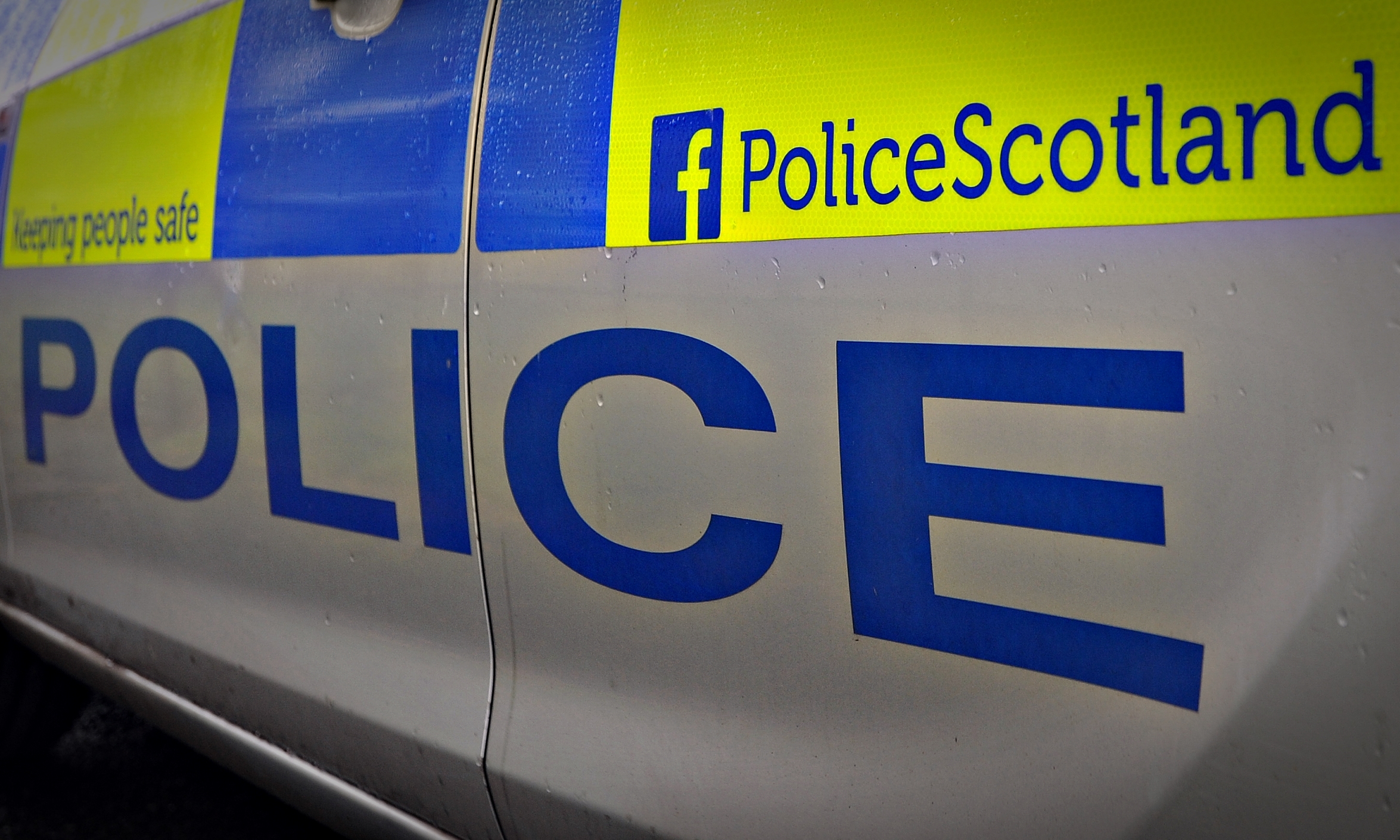New figures have revealed there were more than 1,600 ‘missing’ cases recorded by police in Tayside last year.
The statistics, from March 2016 to April 2017, were revealed in a report by national body Police Scotland, with nearly 22,000 individual investigations carried out across the country.
The data was presented by Police Scotland officers at the 3rd International Conference on Missing Children and Adults taking place at Abertay University.
Significantly, more than half of those who go missing do so repeatedly, with police chiefs thrashing out new approaches to tackle the issue.
Police Scotland assistant chief constable Andy Cowie said the statistics show the police need to do more to better understand the reasons why so many people go missing.
“People go missing for a broad range of reasons and usually voluntarily,” he said.
“But we also know that the majority of people who go missing are vulnerable. One of the challenges is working together to prevent people going missing in the first place.
“What our data tells us is that we need to do more. We are looking to work more with partners such as social carers and charities.
“Quite often people can feel they are being criminalised when being interviewed after they are found and that’s where other organisations can step in to help.”
Statistics reveal that 54% were a repeat missing person, while 76% returned within 24 hours.
Further analysis showed 53% of all those who went missing were in the 13 to 16 age group, with a significant percentage of looked-after children.
Michael Whitford, chief inspector of the Divisional Coordination Unit in Tayside, said that a new framework being trialled in Dundee may lead to a break-through in the way police deal with children who go missing while in care.
“We are just realising now that when people go missing it often acts as an indicator of much greater problems.
“We are working with Dundee City Council in order to best establish an alternative approach and I’m very glad to be a part its evaluation.”






